Street safety in Sweden, an example of strong and effective policy?
Economic growth brings with itself cars traffic. Traffic leads more congestion, noise and pollution; and moreover, deaths and serious injuries. Every year over one million people die because of cars crashing. That's what the World Health Organisation is strongly reporting and active.
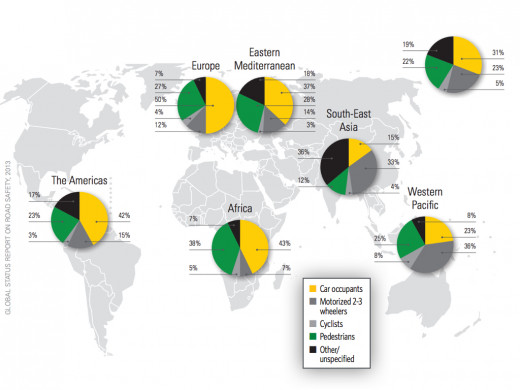
Claess Tingvall, director of traffic safety at the Swedish Road Administration
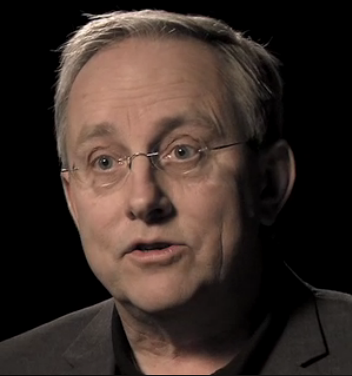
Sweden reached last year the the record low of 264. Behind this there's a policy lasting since 1997, when the initiative Vision Zero has started. Its core principle is human nature is not made for velocity, it is passible of error and the roads have to be designed according to these lacks.
Tingvall: "People and media have a tendency in tolerating cars death more than plane deaths or rail mortal accidents. But one cannot say a human life to be lost in road accidents is something morally acceptable. Main ingredients of Vision Zero are 2+1 roads, drink and drive prevention and pedestrian facilities."
A typical 2+1 road
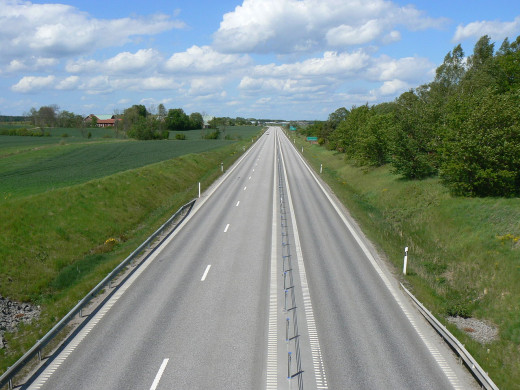
2+1 roads are reported to have saved over 140 lives in the first decade of Vision Zero; they are roads where one way (preferably the one rising) has a double lane. The two ways, going in two different directions, are usually separated by a physical barrier. That's to make easier for one car passing another. What about the finance. The government since 1997 has been building 1500 km of 2+1 roads; partly building totally new roads and partly enlarging still existing ones.
Total cost is estimated to be around 3,35 millions of euros since new interventions regarded urban, suburban and rural (in fact rural roads building costs almost half than urban). Alcohol prevention has played an important role; now less than 0.25% of drivers tested are over the alcohol limit because of legal restriction. There is not yet a law obliging every car to have a breathalyzer installed, so that a progress is still possible. The country has lowered speed limits in urban, crowded areas and built barriers to protect bikers from incoming traffic. Government has also created 12,600 safer pedestrian crossings. That’s estimated to have halved pedestrian deaths over the past five years.
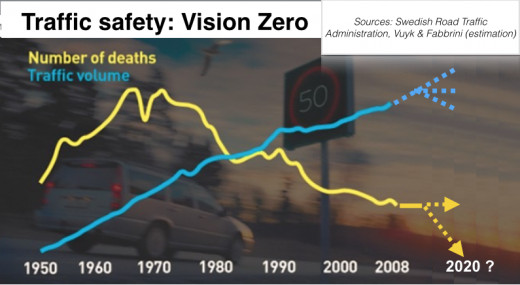
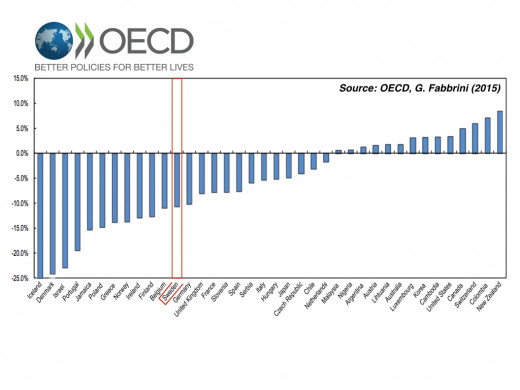
IRTAD the Joint Transport Research Centre of the OECD and the International Transport Forum, is monitoring data about the progress of road safety in the developed countries. When looking to the latest available analysis (2012 compared with 2011), Sweden doesn't seem to be on track. One could assume this would be due to the high level that has been achieved in 2011 since the start of the policy in 1997. However, when comparing 2012 with 2000, Sweden is still in the same 'group' of performers. OK, but not special...





